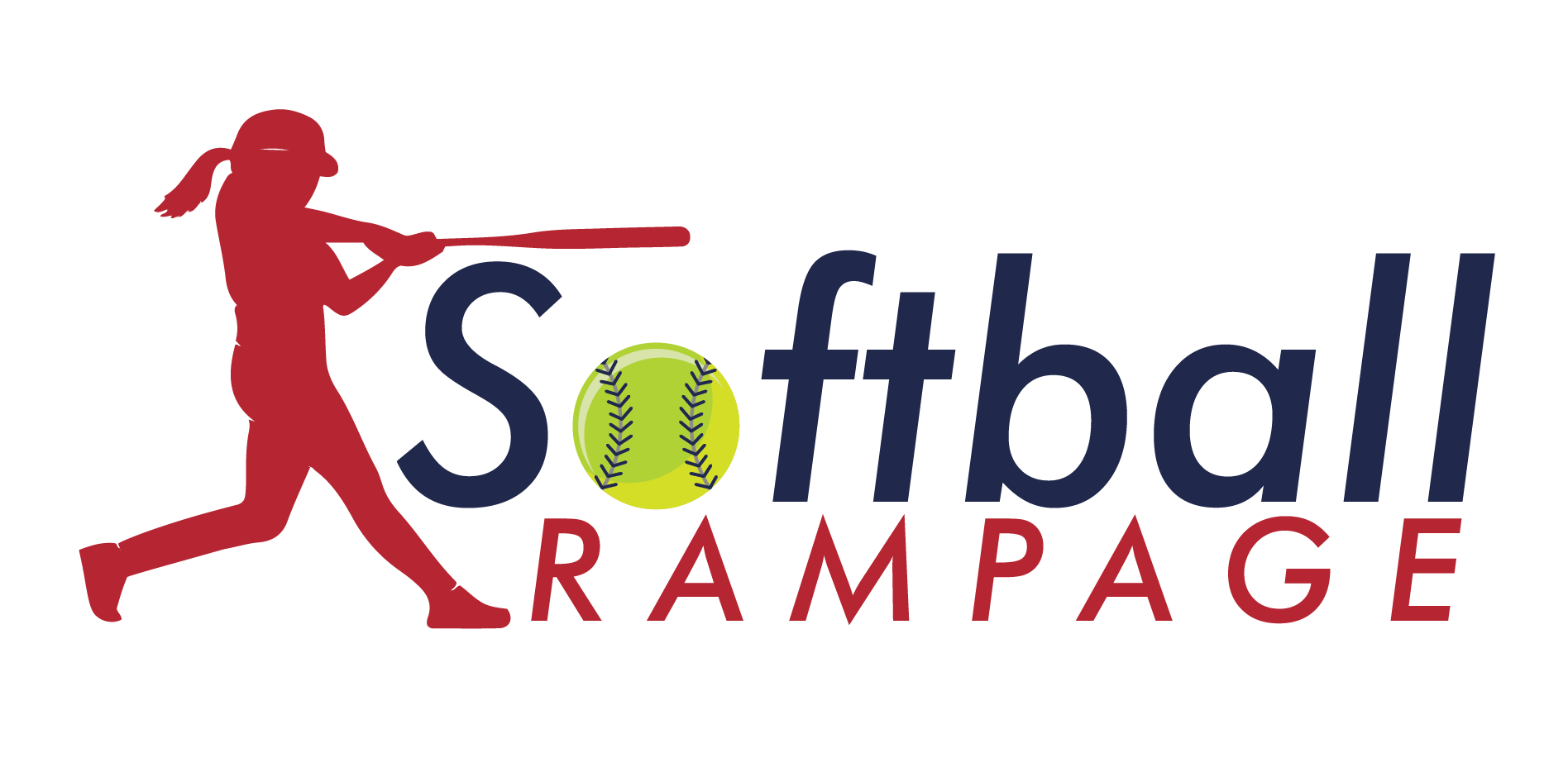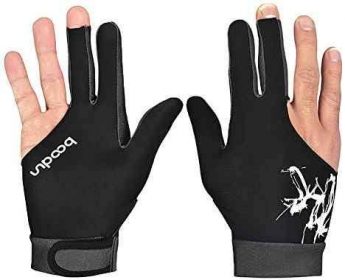Introduction
Quick Navigation
Except you’re an ambidextrous softball player, it’s most likely you find this article helpful. What are the number of times having you been perusing the internet for a fresh glove, and get amazed by how the glove is logged? Have you always become uncomfortable that you were going to accidentally acquire a glove that is implied to be utilized on your off-hand? Have you ever engaged in such an uncomfortable mistake? Online markets such as Amazon do not ever stipulate in the easiest ways which hand the glove you are paying for goes on. This article will hopefully clean some things up if you’re amazed.
The simplest documenting you will come across is one that contains the simple Right-Hand Throw and Left-Hand Throw choices. From here, you can select which one caters to your handedness, and stand on your way. RHT and LHT are furthermore utilized by suppliers, and indicate the exact thing as above. Occasionally, the listing will offer you choices on which hand the glove is to be utilized. These choices could be documented as Right-Hand Glove, Right Hand Catch, or even just Right Hand. Be sure to examine all the alternatives carefully before appointing which one suits your purchase the most. The final thing you expect is to get tangled in some online repaying frenzy because you purchased a lefty glove for your right-handed player.
If a listing doesn’t stipulate what handed-glove you are paying for at all, make sure to call the dealer if you can’t discover an alternate listing online. If there is no specification, don’t only speculate that the glove is for a right-handed thrower. Occasionally, catchers’ mitts are prepared for right-handed throwers particularly. When buying a catcher’s mitt for a left-handed thrower, ensure to perform some comprehensive study before bringing in the purchase. Since lefty-catchers are an oddity in both baseball and softball, some suppliers will not determine that they only trade their mitt for right-handers. This can also be the case for infield gloves because left-handers usually do not play infield past a specific age. Be careful when making a pay for a left-hander, particularly if it is a catcher’s mitt or infielder’s glove.
Questions
What are the things to consider before Selecting a Glove?
We’ve already referred that the best glove for you banks on which stance you play. But there are other aspects as well.
Pocket size – The pocket size of an outfielder’s glove is larger than that of a middle infielder, enabling outfielders to grab fly balls with more comfort. Shortstops and additional baseman normally possess a shallower pocket, which enables them to get the ball out of the glove quicker, particularly on double plays.
Webbing – There are various types of webbings set up in gloves for baseball and softball players comprising, but not restricted to I-web, Basket web, Closed web, Single Post web, Dual Post web, Modified and Trapeze web. The type of webbing largely popular for infielders includes a looser stitch which gives extra control in wishes of bringing the ball out faster it furthermore doesn’t pick up huge chunks of dirt with it. Traditionally, there are eight several types of webbings to select from.
Padding – Padding tendency is another aspect to contemplate. The quantity of padding you retain on your glove banks on the role you play. Catcher’s mitts outline more padding to conserve their hands from pitchers’ throws. Other positions, such as first and third base, may furthermore desire more padding. Lately, the vogue of extra wrist padding has accumulated, particularly at the nook infield stances.
Wrist Adjustments – Some gloves are created with wrist adjustments that permit players to make the glove suit snug to their hand, enabling them to slip on and remove the glove with relief. These can either be Velcro, a belt system, knitted, or a D-ring fastener.
What are the Proper Ways to Gauge a Baseball/Softball Glove?
When attempting to find out how long a glove is, you can stare on the thumb or pinkie finger and you should notice the size inscribed in the leather there. The sizes expanse from 8 to 15 inches, and to 35 inches for catcher’s mitts. To gauge a glove that does not retain a size, grab a fabric tape gauge and quantity from the tip of the index finger, low along the glove, to the midst of the heel of the glove.
Forthwith that you understand how to measure the glove, you can utilize that ratio and reference our baseball glove sizing chart to deduce how to size a baseball glove for your role and age group. If you’re peeking for youth baseball glove sizing advice, you can follow the same pattern.
Why don’t lefties play on the infield?
Deeming the layout of a baseball diamond, it’s unlikely that you will always recognize a left-handed second baseman, shortstop, or third baseman. It largely has to do with body position when tossing the ball to the first base. A right-handed baseball player can just field a ground ball, seize a step or two towards first, and toss it across the diamond, all while still discerning the entire infield. A lefty in the same position would be compelled to turn their back to the rest of the play.
Conclusion
In summary, just be familiar of what you are paying for before certainly making the purchase. Right-handed throwers, ensure you select the ‘Right-Hand Throw choice’.

